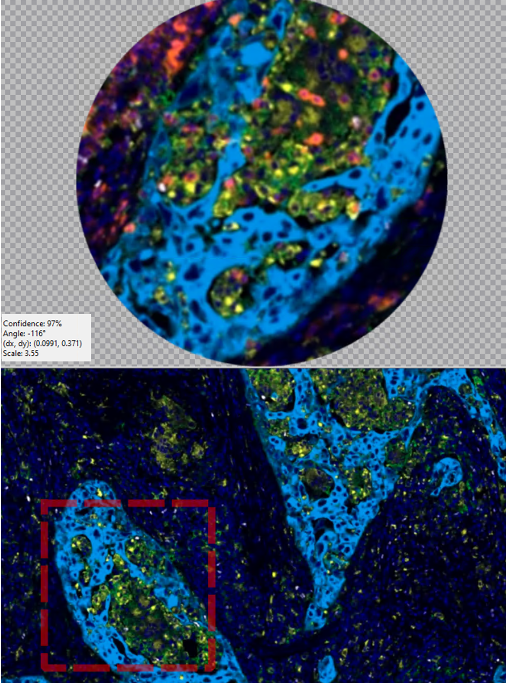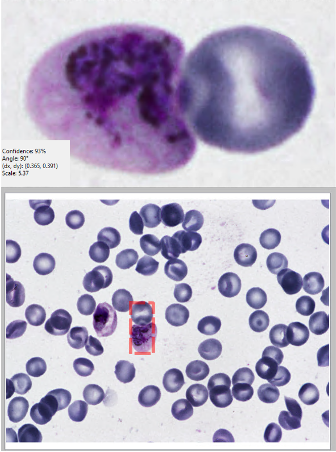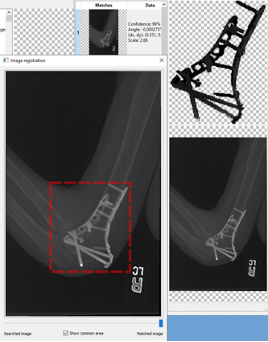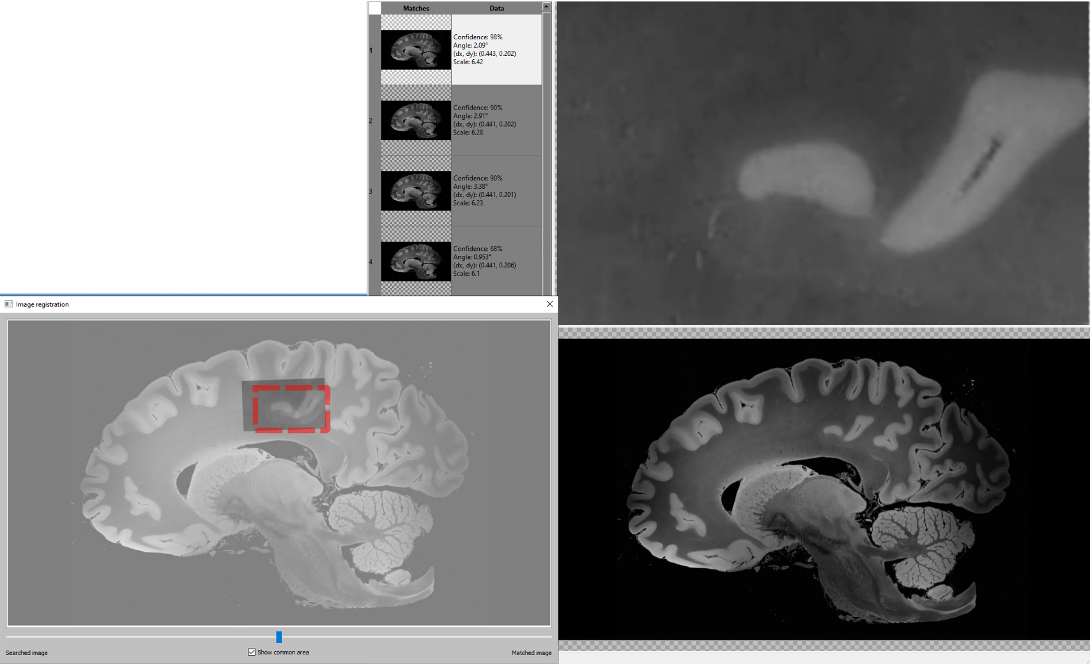

Our tech can be integrated into a variety of sensors and scanners. From dermatology photos to pathology slide scans, our system can spot similarities and differences that appear despite minuscule variations that would be very difficult to spot with the human eye. The doctors reviewing these results could have any red flags brought to their attention immediately once a scan has finished. DejaVuAI® would lead doctors to conclusions quicker, even in situations with multispectral scanning.

Our system can be used as a learning tool for residents or those earning their medical degrees. In a real-world scenario, this AI can be used as an extra level of verification when analyzing results. In school, students can use the system to see exactly where differences may be located that they otherwise could have missed. This can show them different places to search they perhaps hadn’t thought to look before. This has the potential to teach experienced doctors who went through school many years ago to look outside the box. DejaVuAI® can also guide students who are learning to use ultrasound, X-ray, MRI, CT scan, PET scan, colonoscope and other kinds of imaging machines or devices to go exactly where they need to in order to gather every image necessary.

As medical devices are improving constantly, we know there are ones previously used in patients that are no longer the standard. A doctor who is seeing a new patient can utilize our technology by running a search of their patient’s X-ray against a medical device database to discover exactly what kind of gadget appears in the X-ray. Then, this would allow them to do some research on its specific effectiveness and longevity. It would also show a physician, who may be unfamiliar with the device, if it is still properly intact- or if there is some wear and tear and the device should be removed or replaced with a newer version altogether.

DejaVuAI® can help with patients of any age, but a big case for AI in medical imaging can be in pediatrics. Children have swallowed things that simply have to pass, but there are times when it becomes a time-sensitive emergency, like when it’s a magnet or battery. It can take a lot of time to locate exactly where an object could be. This technology can drastically reduce the searching and analysis time, which would save lives when it comes those extremely dangerous swallowed objects, or even sharp objects, like glass. It can also help spot the location of where an instrument is, on the rare occasion when a surgeon has accidentally left something inside a patient during surgery- even if the object is obscured and hard for a human to spot.Color distortions, filters, skewing, rotating and other alterations will make no difference in our ability to help you find your brand, designs and logos.

The DejaVuAI® algorithm is not only the most accurate Image Recognition on the market, but it is also the fastest available. If integrated into medical imaging systems, both differences and similarities can be searched, depending on the need. Our software provides confidence scores, which will show the accuracy in the form of a percentage that is convenient for users to understand. This would allow doctors more time to work through treatment plans with their patients.